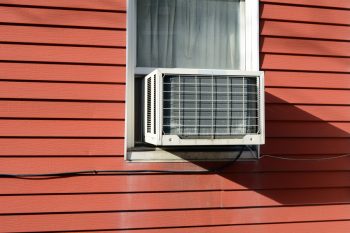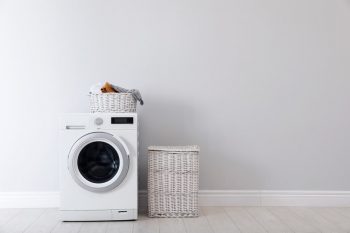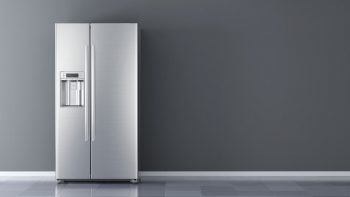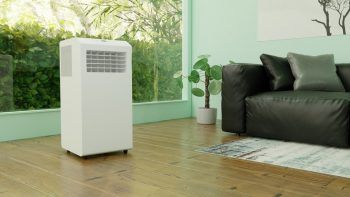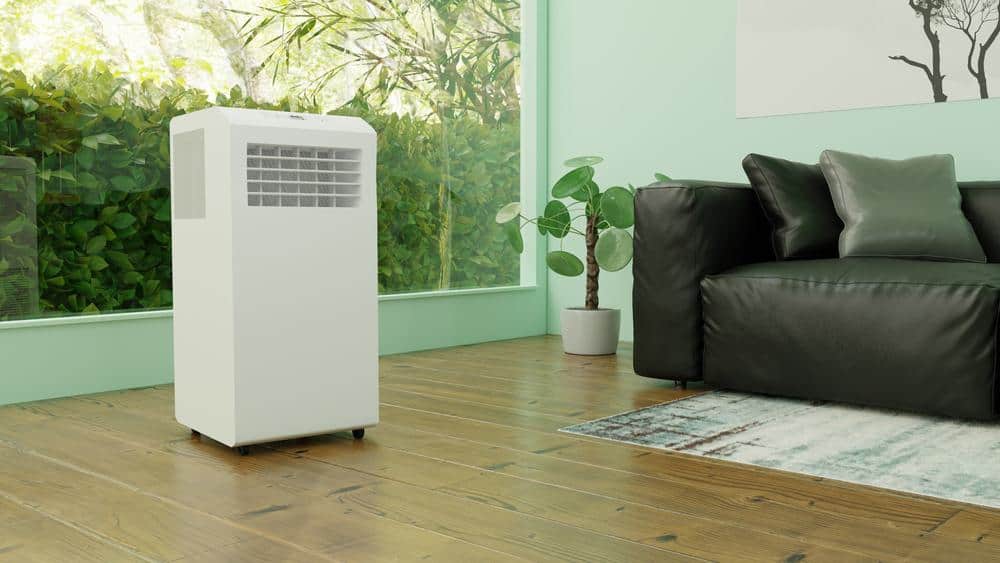
Picking the right portable air conditioner can be a daunting task with so many factors to consider, from cooling capacity to energy efficiency, noise level, and additional features. This comprehensive guide will walk you through everything you need to know to make an informed decision.
Picking the right portable air conditioner involves understanding your room’s size and cooling needs to choose the right BTU rating. Consider the type of ventilation (single-hose or dual-hose), energy efficiency ratings (SACC and CEER), and noise levels. Additional features like remote controls, programmable timers, and self-evaporative systems can add convenience. Regular maintenance is crucial for longevity and efficiency. Brands like Midea, Whynter, LG, Black+Decker, and Frigidaire are highly rated. Lastly, weigh the pros and cons of portable vs. window air conditioners.
Understanding Cooling Capacity and Room Size
The cooling capacity of portable air conditioners is measured in British Thermal Units (BTUs) per hour. Higher BTU ratings mean more cooling power, but also higher energy consumption. To choose the right BTU rating, you need to consider the size of your room. For instance, an 8,000 BTU unit can adequately cool a 200 sq. ft. room, while a 10,000 BTU unit is suitable for a 300 sq. ft. room.
Remember, factors such as poor insulation, drafty windows, strong sun exposure, and heat emitted from electronics can affect the cooling capacity of your air conditioner. Therefore, these factors need to be taken into account when estimating your room’s cooling needs.
Ventilation and Exhaust: Single-Hose vs. Dual-Hose Models
Portable air conditioners come in two types: single-hose and dual-hose models. Single-hose models are more common and affordable but less efficient than dual-hose models. Dual-hose models cool the room more quickly and efficiently, but they are more expensive and take up more space.
Energy Efficiency: SACC and CEER Ratings
When it comes to energy efficiency, two ratings are worth considering: the Seasonally Adjusted Cooling Capacity (SACC) and the Combined Energy Efficiency Ratio (CEER). The SACC measures the cooling power of the air conditioner, while the CEER rating measures its efficiency. Most portable AC units have CEER ratings in the range of 6 to 10, with higher ratings indicating better efficiency.
Noise Level: How Quiet is Your Portable AC?
Noise levels can be a concern, especially in bedrooms or other areas where quietness is desired. On average, portable air conditioners produce about 60 dB of noise, although this can vary between models. If noise is a concern for you, look for models with soundproofing features or lower dB ratings.
Additional Features: From Remote Controls to Programmable Timers
Additional features can add convenience and functionality to your portable air conditioner. Look for features such as remote controls, digital displays, programmable timers, dehumidifier modes, multiple fan speeds, sleep modes, and Wi-Fi or smartphone app control. Self-evaporative systems can reduce the need for manual drainage of condensate, and caster wheels can facilitate easy movement of the unit.
Maintenance and Installation
Proper maintenance is crucial for the longevity and efficiency of your portable air conditioner. Regular tasks include cleaning or replacing filters, draining the condensation, and checking coils. Portable ACs are generally easy to install, but it’s important to position them near a window and an electrical outlet for easy connection of the exhaust hose.
Top-Rated Portable Air Conditioner Brands
Some top-rated portable air conditioner brands include Midea, Whynter, LG, Black+Decker, and Frigidaire. These brands are highly regarded for their cooling performance, energy efficiency, and additional features.
Portable vs. Window Air Conditioners
Lastly, it’s worth considering how portable air conditioners stack up against window air conditioners. Portable units are more versatile and easier to move around, but they have limited cooling coverage and can be noisy. Window air conditioners are more efficient and quieter but can pose security risks and may not be visually appealing.
In conclusion, choosing the right portable air conditioner involves considering various factors, including cooling capacity, energy efficiency, noise level, additional features, and maintenance needs. By understanding these factors, you can pick a portable air conditioner that best suits your needs and preferences.
Frequently Asked Questions
What is a British Thermal Unit (BTU)?
A British Thermal Unit (BTU) is a traditional unit of heat; it is defined as the amount of heat required to raise the temperature of one pound of water by one degree Fahrenheit.
What is the difference between SACC and CEER ratings?
The Seasonally Adjusted Cooling Capacity (SACC) measures the cooling power of the air conditioner, taking into account factors such as standby power consumption and performance degradation over time. On the other hand, the Combined Energy Efficiency Ratio (CEER) measures the energy efficiency of the air conditioner, considering both its cooling capacity and its power consumption.
How often should I clean or replace the filters of my portable air conditioner?
As a general rule, you should clean or replace the filters of your portable air conditioner every two to four weeks. However, this may vary depending on the use of the unit and the manufacturer’s recommendations.
Can a portable air conditioner cool multiple rooms?
A portable air conditioner is generally designed to cool a single room. While it might provide some cooling to adjacent rooms, its effectiveness will be significantly reduced. For cooling multiple rooms, you may need multiple units or consider a central air conditioning system.
Can I use my portable air conditioner in a room without windows?
A portable air conditioner needs a place to exhaust the hot air it removes from your room. This is typically done through a window with the help of an exhaust hose included with the unit. If a room doesn’t have a window, you’ll need to find another way to vent the hot air, such as through a door or by installing a vent in the wall.


